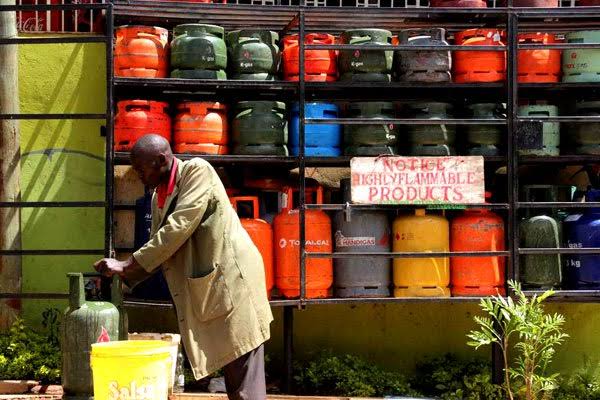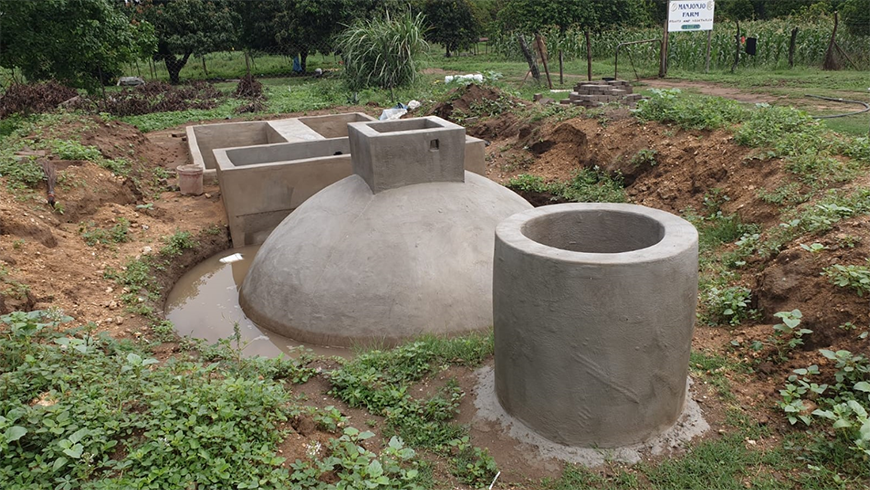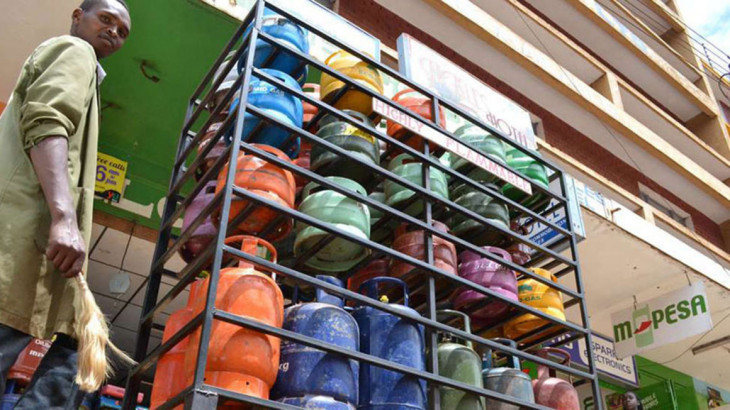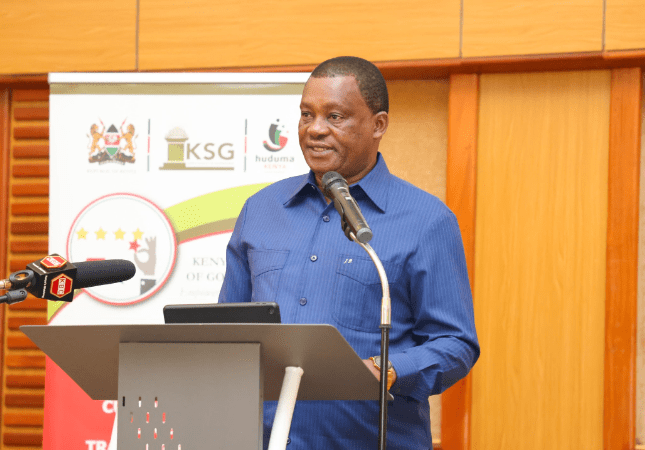LPG usage increases by 600pc

The number of households using Liquefied Petroleum Gas (LPG) has increased from 600,000 to 3.7 million over the last two decades, a new study has revealed.
Clean Cooking Study 2019, conducted between 1999 and 2018, says 54 per cent of urbanites use LPG, while 18 per cent of the commodity is used in the rural areas.
The household survey, commissioned by the Clean Cooking Association of Kenya in collaboration with the energy ministry shows that 8.1 million households use wood as their primary cooking fuel, followed by LPG at 2.4 million and charcoal at 1.3 million.
Harmful pollutants
“This has led to great exposure to harmful pollutants, one of the largest health risk factors for mortality in Kenya, resulting to about 21,560 deaths annually. This is more than the average number of deaths from road accidents,” the study reveals.
The findings were released yesterday at a forum where Energy Cabinet Secretary Charles Keter said the government has made great strides in formulation of regulations and standards to spur sustainable growth and investment in clean cooking sector.
Kenya has been at the forefront of establishing policies that support clean cooking sector growth, having made a commitment for 100 per cent of its population to have access to modern energy services for cooking by 2030.
Energy PS Joseph Njoroge, measures are in place to create an enabling environment to accelerate investment by involving the public, private and other partners.
“Some of these measures include removal of tariff barriers, particularly excise duty on denatured ethanol for cooking, removal of 16 per cent VAT on LPG, VAT exemption on plastic biogas bag digesters, and discouraging use of kerosene, revision of the East African Community Common External Tariff for imported cooking stoves now standing at 25 per cent and zero rating of import duty on cooking stoves raw materials and inputs,” said Njoroge.















